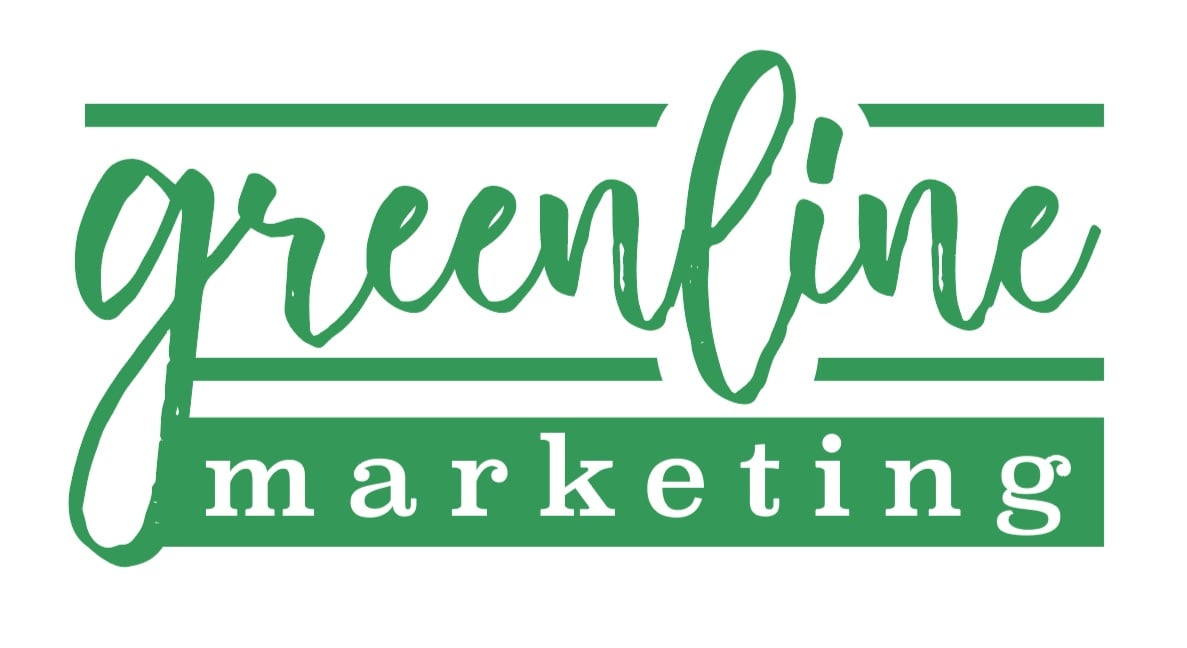In a world of social distancing, social media, and remote work, it can be easy to forget there’s a whole lot more world out there. Though the average American spends 6.3 hours online each day, statistics show online marketing does not always have the same impact as physical marketing materials.
Wait, What?
Now don’t get us wrong; digital marketing is as important as ever. After all, we did just say that the average US consumer spends over SIX HOURS online daily. So without a doubt, what you’re doing online and how you’re reaching your current and potential customers is crucial.
But with many of us sticking around home, scrolling, and virtually browsing more often, we found ourselves asking how to take things to the next level… how do we help businesses stand out? Well, it turns out that every now and then, ‘old school’ becomes ‘in’ again (we see you, scrunchies and bib-overalls).
We're Looking at you, Print Marketing...
Online ad-immunity and time-poorness (yes you read that correctly) are two common afflictions ailing the average modern consumer, leading to things like visual blind spots and disinterest when it comes to digital marketing tactics.
Since so much of modern marketing and advertising lives in the digital world, physical marketing materials have become a new old way to stand apart from the noise. CEO today found people are 70% more likely to remember a brand advertised in print, in addition to their digital presence.
The case for Physical Marketing Materials
We’re not recommending you chuck your digital marketing strategy out the door. We are recommending a blended digital and physical marketing strategy is the best approach. Strong branding can span both digital and physical spheres, and allow your consumers to encounter your company’s presence wherever they may look. Interestingly enough, this is not the only way digital and physical marketing strategies can complement one another… Newer digital analytics tools can give older, more traditional marketing tactics a stronger strategic foundation, too.
Analytics tools can gauge the generation, gender, or geographic demographics of your audience can in turn help guide which way your physical marketing strategy will go. Consider this: Which demographics would prefer to receive a postcard versus a magazine? A newsletter or a brochure? Analytics can be used to personalize print marketing to the max. People love to be recognized and they love to feel as if something has been created specifically for them. Using someone’s name, birthday, or location to personalize the marketing materials you send them can make all the difference.
But, what types of marketing materials?
Online, digital marketing comes in all sizes and shapes. From banners to videos, or influencer content and hashtags, businesses market themselves to consumers even when we may not realize it. Physical marketing can be the same way. Let’s explore the possibilities that physical marketing materials have to offer...
- Business Cards: An easy way to use print marketing organically is through your employees! By giving your team company issued business cards, you can easily market your company through any person to person interactions your employees may have. As soon as you hand a potential customer your business card, that person has a physical piece of paper by which they remember the conversation and human connection you made with them. In other words, An email can be lost in a sea of spam and contact folders; a business card will remain in a client's wallet for years. Everything about your business card design from fonts to colors can convey a bold and clear first impression. Use business cards as part of your marketing strategy if your company centers around sales for revenue, or if you want to build your company’s network. By handing out a business card you invite others to remember both you and your company.
- Posters: Large sized print marketing like posters, billboards, or even flyers are an affordable, highly visible way to hone in on a certain geographic population. A well-positioned poster in a local town, busy street, shopping centre, public escalator, or conveniences can work wonders for a captive audience. Large-sized print marketing provides the perfect space to ‘wow’ your target audience with big, bold imagery and graphics using a space far larger than any phone, computer, or even TV screen.
- Direct Mail: The key to direct mail in this day and age is to personalize, personalize, personalize. Try to send direct mail specifically to people for whom your service or product is most relevant. Everyone receives mass-mailed coupons and advertisements. Try to stand out from the crowd by adding the recipient’s name in addition to using analytics to directly target and segment your most relevant audience.

- Experiential Marketing: Physical marketing materials do not necessarily mean print marketing. If you want to make some serious marketing waves for your company, start thinking about ways you can take your branding off the printed page or screen. How can you transform your brand to move and breathe in multidimensional ways? Enter Experiential Marketing. Companies like Paramount Pictures and their horrifying movie promotion, or IKEA and their furnished climbing wall, win a great deal of public attention when they successfully bring their brand’s personality to life. Experiential marketing is a fun way for consumers to interact with your brand - it’s like print marketing that brings a brand to life.
Isn’t that what good marketing is all about, after all? Whether it is digital ads, direct mailers, or a pop-up booth, great marketing transforms the relationship between consumers and organizations. Using a variety of mediums in your marketing strategy multiplies the possible ways people engage with your brand and takes your company to the next level—and beyond.




